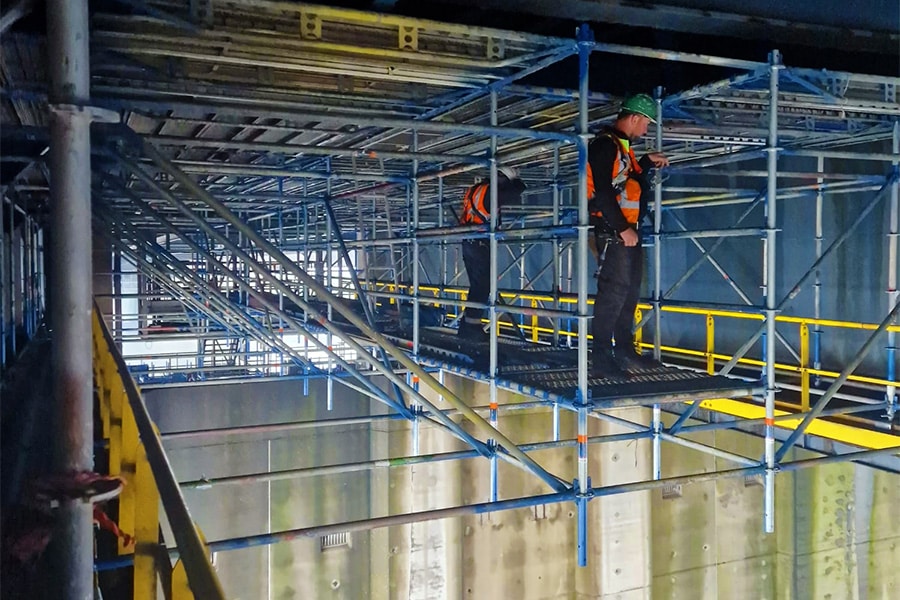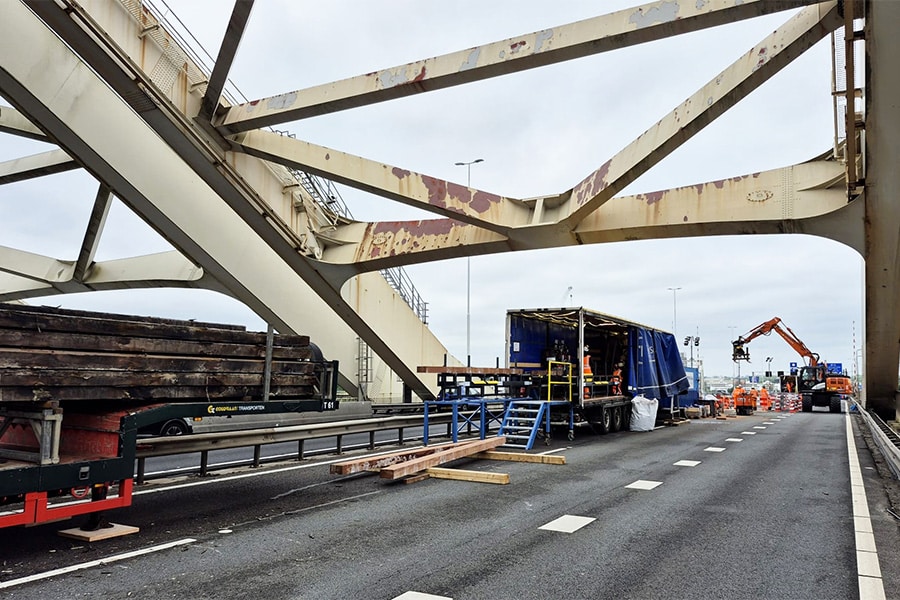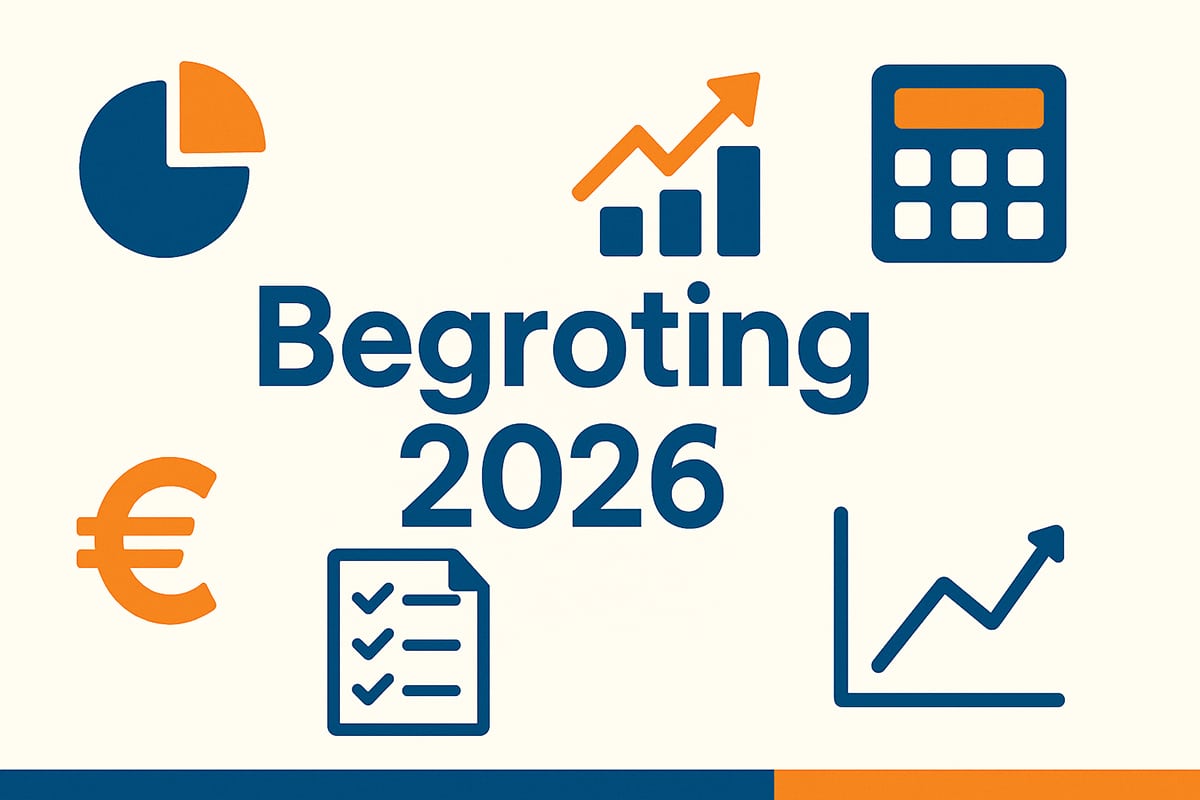
The safety ladder
'Safety policy only works when it is in the attitude and behavior of employees'
Safety has long been a topic, especially in construction-related businesses. Who is not familiar with terms such as VCU, ISO 9001, ISO 14001 and company emergency plans? Yet there is more, according to Jeannette Hofman-Züter. "Safety is not secured by certificates on the wall. It has to be in people's DNA."
With this, Jeannette Hofman-Züter, project manager for the Safety Ladder, immediately makes it clear that the Safety Ladder - known internationally as the "Safety Culture Ladder" - does not focus on documentation. The Safety Ladder is all about interviews and observations that test whether safety is part of employees' thinking and actions.
Temporary and permanent
The audits first show what level of the Safety Ladder a company is at. "On the first step, the company is still pathologically busy," Hofman-Züter explains. "On the fifth and highest step, employees find the topic of Safety so important that they talk about it with their colleagues and want to learn from each other. Companies also exchange information among themselves and within sectors to jointly improve safety throughout the industry and chain."
For all levels of the company
Hofman-Züter: "Wanting to work safely must be supported by management above all. There lies an exemplary role and that means investing in attributes such as safety shoes, but above all making time to talk about safety and show exemplary behavior."
Widely applicable
The Safety Ladder was an initiative of ProRail in 2011/2012. The railroad company wrote the scheme, obviously focused on the work situations within ProRail. In 2016, NEN took over the certification scheme to make it widely applicable. "We are still working on this," says Hofman-Züter. "We have already taken steps, but are now working on a major revision. This should eliminate the last railroad jargon from the manual by 2021. It is up to the auditors to identify the risks within a company and examine whether the company is aware of them. What is new is that four products for the Safety Ladder are available. These differ in the audit regime adopted. This also allows companies with less budget to get acquainted with the Safety Ladder." For more information, she refers to the Safety Ladder website: www.safetycultureladder.org.
In the Netherlands and Germany, the Safety Ladder is now well known. NEN is now focusing - together with its partners - on countries such as Belgium, Switzerland and Scandinavia. "Many companies see the difference with regular safety certificates. For them, the change in culture, or 'attitude and behavior,' is the next step. They realize that any safety policy stands or falls with the safety culture within the company."
Want to know more? Check out www.veiligheidsladder.org for more information or consult NEN at info@veiligheidsladder.com.



